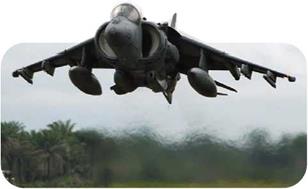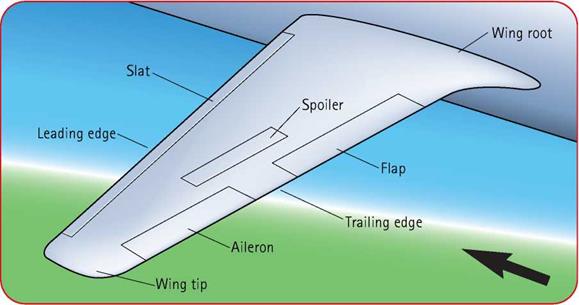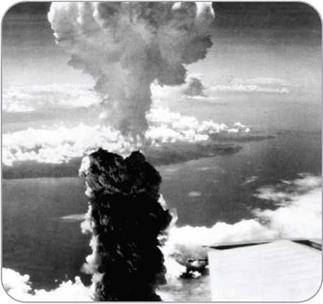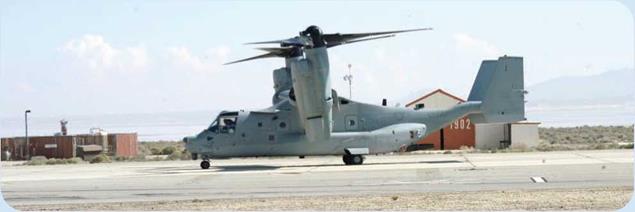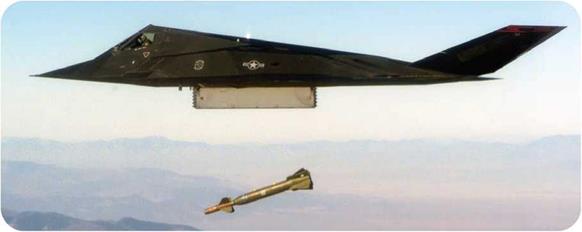After 9/11
Responsibility for the attacks was leveled at al-Qaeda, a secretive Islamist terrorist organization led by Osama bin Laden. U. S. President George W. Bush announced a “war on terror,” and U. S. warplanes were ordered to shoot down any hijacked airliner that might pose a danger. No-fly zones were enforced.
Some of the 9/11 terrorists had been living in the United States and had even taken flying lessons there. The 9/11 attacks led to a review of the nation’s security. Stricter antihijacking regulations were introduced to prevent explosives or weapons from being taken onto airplanes. Air marshals disguised as passengers traveled on flights, ready to disarm potential skyjackers. Within a few weeks, President Bush had signed a new law, the Anti-Terrorism Act, giving the U. S. government increased powers.
Other suicide attacks were foiled. Later in 2001, for example, law enforcement agents seized al-Qaeda terrorist
Richard Reid (a British citizen), who had been planning to blow up a U. S. airliner with a bomb hidden in his shoe.
Today, passenger and baggage screening systems are provided by the Transportation Security Administration (TSA), part of the Department of Homeland Security. Under new secure flight arrangements, airlines and security services exchange information to identify all persons buying airline tickets, checking identities against those of known terrorists. Counterterrorist intelligence in the United States is spearheaded by the National Counterterrorism Center, which took over the State Department’s responsibility in that area.
SEE ALSO:
![]() • Airport • Pilot
• Airport • Pilot











